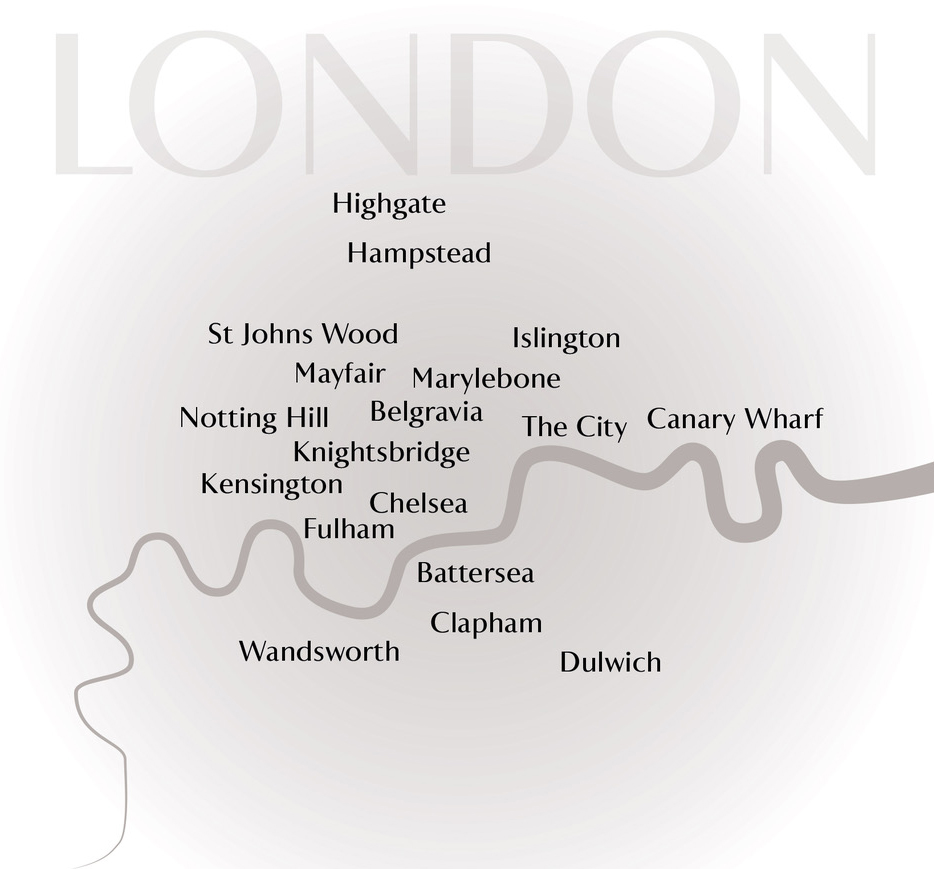
The Buying Agents have over three decades of experience in buying and selling property in London. We are a multi-awarding-winning advisory firm recognised by some of the most respected names in the private client arena. Our reputation ensures our clients access the whole market and the widest selection of properties possible.
The London property market is highly competitive due to high domestic and international demand. Demand for the best properties at all price points is always high in all market conditions. In addition, the antiquated purchase process can be challenging for all but seasoned professionals.
With so much to consider, finding and acquiring the right property can be frustrating. Furthermore, approximately 30% of all transactions do not reach completion, and many buyers have to repeat the process several times before they are successful.
Buyers attempting to find and acquire London property without professional representation are at a distinct disadvantage. This underlines the importance of seeking expert guidance in this complex market.
There are three tiers to the London property market.
OPEN MARKET – Property advertised on websites and available to anyone.
DISCRETELY MARKETED – Usually by estate agents who only contact their trusted contacts. Most buyers will not have the time or expertise to build the relationships to gain access.
OFF MARKET – Properties sourced directly from the vendor or their representatives. (Read our Guide to Buying Off Market Property to avoid costly mistakes and overpaying.)
Unfortunately, most buyers will not have access to the whole market. As a result, they will only see a small percentage of property available. In some areas of Prime Central London, as much as 60% of our transactions are either off-market or pre-market.
Property prices for individual areas and postcodes vary massively. Prices can double from one location to the next in a few streets. Therefore, sound advice from a trusted source is essential when buying property at any level. You should also include a valuation in your survey.
The “asking price” or “guide price” is not the actual market value. The guide price is often widely inaccurate depending on the agent’s experience and motivations. In addition, marketing strategies vary hugely depending on the agent’s buyer demographic and market conditions.
Overpaying is a common mistake, especially among cash buyers or borrowers with low LTV’s (loan to values). A few per cent can equate to millions of pounds when buying super prime property in London.
From the price ranges below in GBP per square foot (£/sqft), you can see that no simple rule exists to estimate the property’s value.
Prime Central London £1,500 – 12,000/sqft (psf)
Prime North London £1,000 – 3,500psf
Central London £900 – 2,500psf
Outer prime £700 – 1,500psf
There are multiple factors to consider when calculating the approximate £psf of a property. However, £psf is only used as a guide to value and can never be a definitive figure. There are only two figures that matter.
What the buyer wants to pay?
What will the vendor sell for?
There is no formula for this situation; hence, a buying agent’s skill and experience in negotiation are essential. If you would like to discuss your requirements in confidence, please contact us below.
© THE BUYING AGENTS 2018 – 2024 | PRIVACY POLICY | TERMS & CONDITIONS